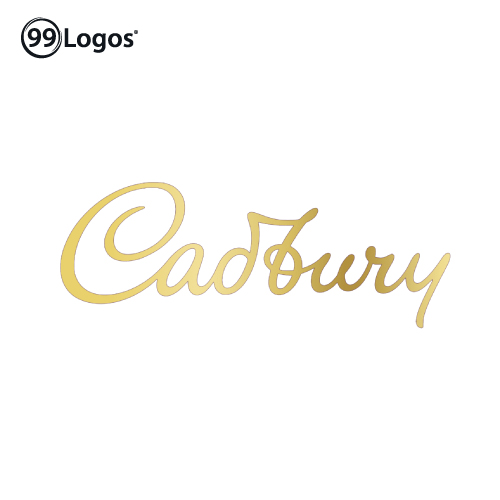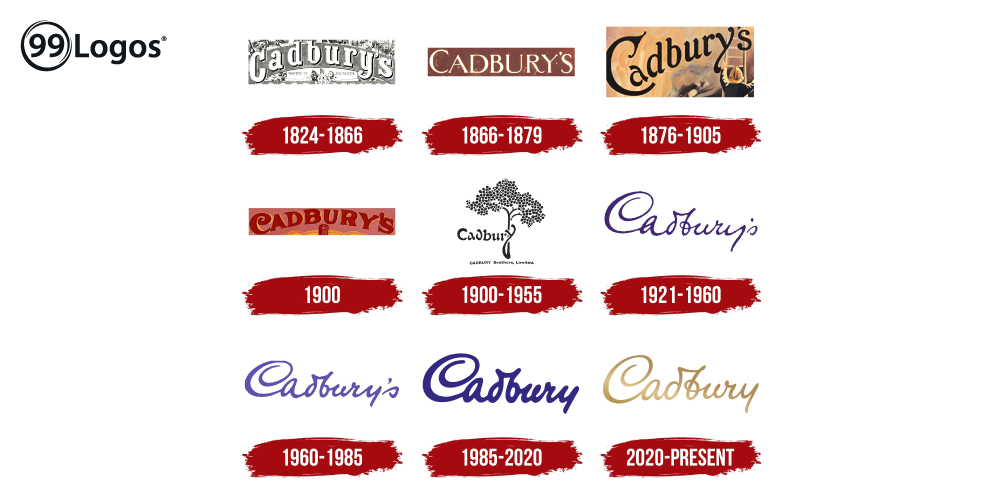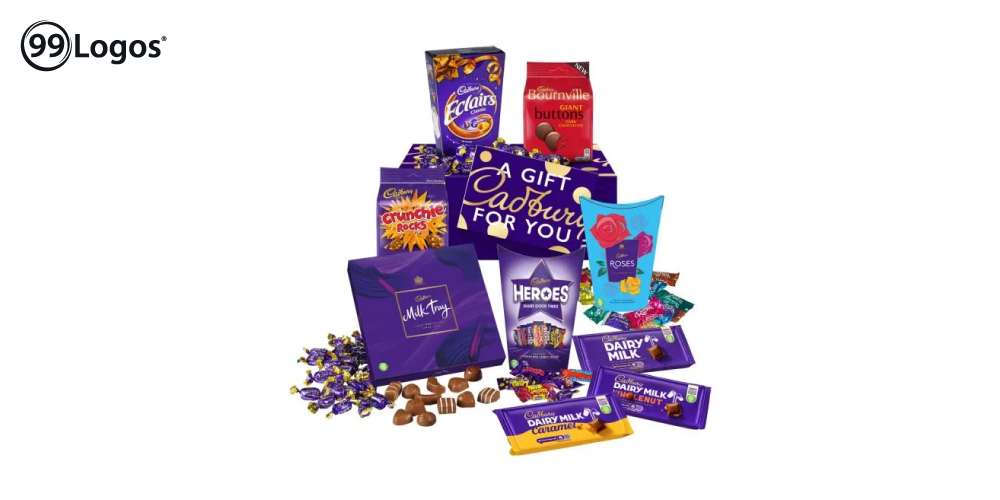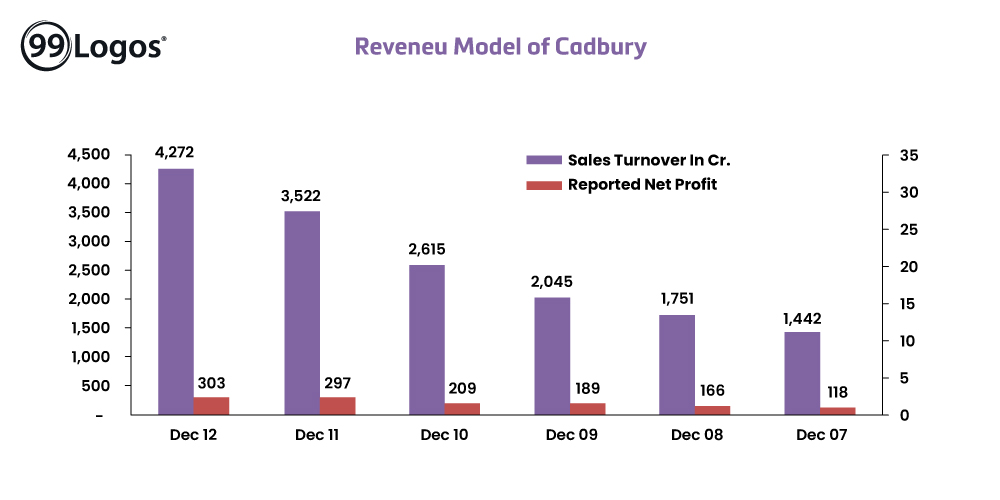Logout
Are you sure want to logout?
Yes
No

Full Name
Enter full name
Contact Number
Enter contact number
Enter valid contact number
Email Address
Enter email address
Enter valid email address

20 Aug 2022

20 Aug 2022
Cadbury is one of the biggest chocolate brands in the world, which has operations in more than 60 countries. It is a brand that is associated with all mouth-watering chocolates, which steals the heart of people. It is liked by people of all ages.
Cadbury means quality, this is our promise. Our reputation is built upon quality; our commitment to continuous improvement will ensure that our promise is delivered.
Working together to create brands people love.
In 1824, he opened a grocery store. He sold high-quality Cocoa and drinking Chocolate in his store. Due to high demand in 1831, he moved to a four-story warehouse nearby and started producing Cocoa and drinking Chocolate in a commercial state.
Thus, the Cadbury Manufacturing Business was born. Due to the high cost of production, it was sold to only wealthy people.
By 1842, he started selling around 11 varieties of Cocoa and 16 varieties of Chocolate. In 1875, they introduced Easter Eggs, which is one of the most popular products of the company.
They came up with Milk Chocolate drinks from 1849. In 1904 it launched the Dairy Milk Bar. On the suggestion of a customer, it was named Dairy Milk.
With a distinctive and attractive Purple wrapper, it became famous by 1914. In 1906, and 1908, they launched the Bournville Cocoa, and Bournville Chocolate. The company grew rapidly until the first world war and took over the UK market.

The original logo of Cadbury consisted the name of the brand in bold and rounded letters, which was a Wordmark logo and was exceptionally designed.
In 1866, there came an elaborate two version where each character had a decorative details, which used a brown background reminiscent of the color of chocolate.
The logo removed its several curls with some changes introduced in 1960, and the letters in the second half of the word were straightened slightly.
It again went under many changes, and in 2003, it has come across with the Wordmark on the White background, associated with the Purple and Golden version, and a liquid Purple shade inside, with or without gradient.
Finally, the redesign of the logo came in 2020, which was only associated with the name Cadbury. It changed its color from Purple to Gradient Gold and made the lines of the letters slimmer and more elegant.

At first, it was only used for Dairy Milk, but gradually, it has become the face of the company. It was a huge hit from the day it came out in 1905. By 1936, it accounted for more than 60% of the UK Milk Chocolate Market.
By 1930, Cadbury was the 24th largest British Manufacturing Company as measured by the estimated market value of capital. also, due to large-scale production Chocolate ceased to be a luxury product, and became affordable to the working classes for the first time. By the mid-1930, 90% of the British population could afford to buy Chocolates.
In 1938, Cadbury Roses were introduced, which has become a very popular Christmas and mothers day gift. The Bournville Factory, where it was produced was surrounded by gardens, and roses were one of the most popular flowers of that time. Hence, the name of this assortment. During World War II, parts of the Bournville factory were turned over to war work, producing milling machines and seats for fighter aircraft.
As Chocolate was regarded as an essential food, it was placed under government supervision and was declared a ration item during the entire war period. Also, due to a shortage of supply, the British government banned manufacturers from using fresh Milk. So dried skimmed Milk was used instead.
Due to this issue, with essential supplies, Dairy Milk, and many other Cadbury products came during the war. After the war, the company tried to restore the business, and brought new products, like Milk Tray Bars, Fudge, Toffee Buttons, and Picnic.
Its product range is quite large, and is classified according to the seasons, and are varied according to the sales in each country. Some of its products are based on the occasion of festivals, such as Christmas.
The company is associated with a variety of products, such as Bournville, Crunchie, Caramel Cake Bars, Cadbury Dairy Milk, Dairy Milk Fruit & Nut, Fruit Sundae, Caramel, Cadbury Five Star, Perk, BournVita, Bytes, Pretzel, Crème Egg, Oreo, Blackcurrant Mini Rolls, Brunch Hazelnut, etc. among the huge product list.
These products have a huge customer base and are available all over the world. Its distribution channel has a good hold on the global market, and the company caters its products to a huge customer base, which brings huge profit.

The company has earned a sales turnover of about Rs. 1,442 Crore with a profit of Rs. 118 Crore in December 2007. December 2008 marks the sales turnover of about Rs. 1751 Crore, with a profit of Rs. 166 Crore.
The company has earned a turnover of about Rs. 2045 Crore with a profit of Rs. 189 Crore in December 2009. December 2010 marks the sales turnover of about Rs. 2615 Crore, with a profit of Rs. 209 Crore.
The company has earned a turnover of about Rs. 3522 Crore with a profit of Rs. 297 Crore in December 2011. December 2012 marks the sales turnover of about Rs. 4272 Crore, with a profit of Rs. 303 Crore.
[The images are being taken from the registered companies and belong to their respective owners only.]

Submit Design
Height and Width should be the same (e.g. 1000 x 1000)
Supported file formats : .JPG / .JEPG / .PNG